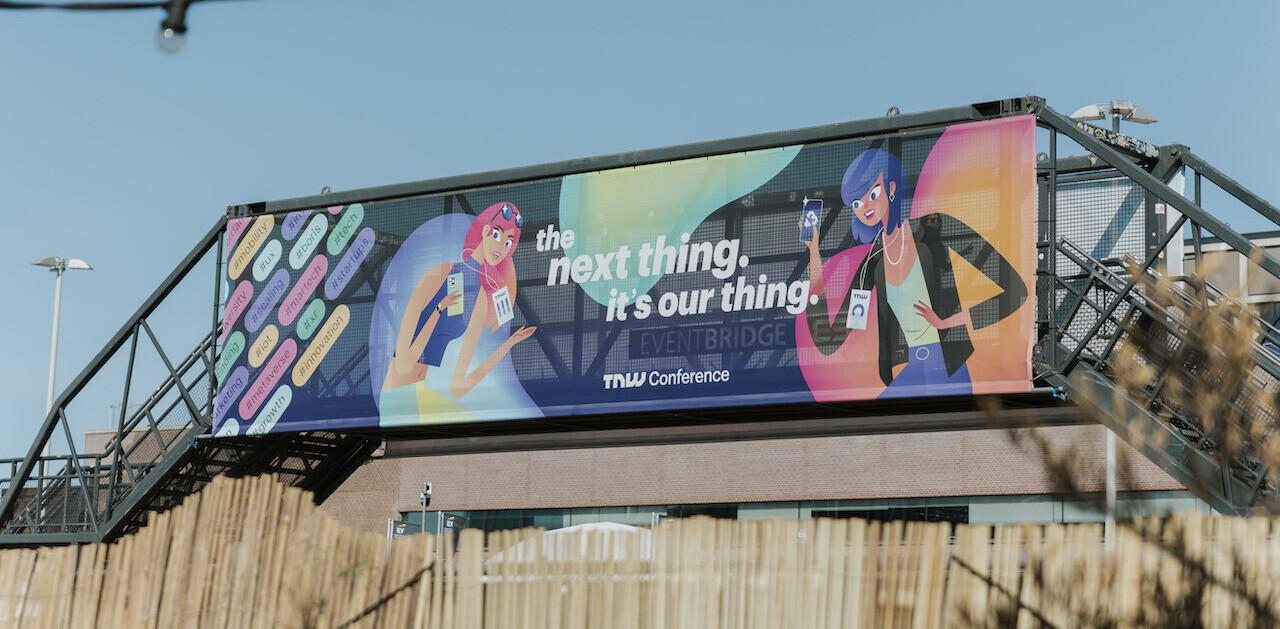
Social commerce is more than just a buzzword; it’s becoming the de facto way to do business online. It emerged as a result of brands finding new ways to connect with consumers through the open graph, and a customer demand for more fluid interaction with brands. Done correctly, it is a win-win for both the brand and the consumer and there are many new opportunities to use social commerce methods to affect the consumer journey, including to the point of post-purchase.
The brands that have recognised this are experimenting with new platforms on their own website and new ways of doing business on existing social networks. The challenge for brands is to make themselves relevant across these different points of the consumer journey to encourage a purchase without being too intrusive. There are some key trends emerging that many businesses can take advantage of, no matter how big or small you are
Social Shopping Cart
 The beauty of the social graph is that you can maintain your social connections across different sites, meaning you have a cohesive consumer experience. Instead of just facing the same homepage of products that everyone else sees, a trend among many sites now is to show you the products your friends have bought or recommended. Levi’s were one of the first to do this and it’s something that many brands have yet to explore. The benefits are clear. If you can go to a site and see all the products that your friends have interacted with in some way, either through a purchase, review or recommendation then you instantly feel closer to the brand or site, because it carries with it your personal connections. You’re not just faced with the brand name everywhere, but the names of your friends so you are likely to spend a lot longer clicking around the site, as well as being more likely to buy. I’d personally like to see more brands implement this on their site in a more intuitive way than just using the Like button next to every product as I believe there’s a keen consumer interest in socialised shopping carts.
The beauty of the social graph is that you can maintain your social connections across different sites, meaning you have a cohesive consumer experience. Instead of just facing the same homepage of products that everyone else sees, a trend among many sites now is to show you the products your friends have bought or recommended. Levi’s were one of the first to do this and it’s something that many brands have yet to explore. The benefits are clear. If you can go to a site and see all the products that your friends have interacted with in some way, either through a purchase, review or recommendation then you instantly feel closer to the brand or site, because it carries with it your personal connections. You’re not just faced with the brand name everywhere, but the names of your friends so you are likely to spend a lot longer clicking around the site, as well as being more likely to buy. I’d personally like to see more brands implement this on their site in a more intuitive way than just using the Like button next to every product as I believe there’s a keen consumer interest in socialised shopping carts.
Personalised recommendations
Now for some this may seem like brands are getting a little too personal, but tailored recommendations from companies based on your social interactions or preferences is a huge opportunity and one that I think adds to the consumer experience. This is most easily done by implementing Facebook Connect on your site, or something called ‘social sign on’, which means that brands can access your social activity to present you with the products or services that are more tailored to your tastes. A survey of online retailers last year found that over half planned on implementing social sign-on into their sites :
 Now the concept of personalised recommendations may not be completely new – Amazon was an early adopter of this with its ‘You might also like’ option, but the ways that brands can implement this now, certainly are. Best Buy explored this late last year when they used their fans’ Facebook information to offer customised offers, for example if you listed ‘gaming’ as an interest, then you would get a money-off voucher for games.
Now the concept of personalised recommendations may not be completely new – Amazon was an early adopter of this with its ‘You might also like’ option, but the ways that brands can implement this now, certainly are. Best Buy explored this late last year when they used their fans’ Facebook information to offer customised offers, for example if you listed ‘gaming’ as an interest, then you would get a money-off voucher for games.
Shop on Facebook
We only really started seeing Facebook commerce last year but it’s exploded thanks to easy integration, and the likes of specialist providers that make it easy to add customisable shops such as Vendor Shop and Facebook’s recent adoption of iframes. The fact is that people are getting more and more comfortable with shopping on Facebook as we become less inclined to leave the site if that’s where we find brands. One brand that’s doing this and offering users more than just the chance to buy a product on Facebook – is soap.com. Their Facebook store ‘Shop My List’ gives you the option to log in to your personalised list on Facebook so you can easily access and re-order your favourite items, as well as accessing your friends’ lists to discover new products. This is Facebook shopping done really well and shows the flexibility of a platform like Facebook to transform the shopping experience :

Share purchases with friends before buying
 For many people shopping is a very social experience anyway, and you often want to get your friends opinions before buying something, particularly when it’s an expensive item. But with the advantages of social media there are many opportunities to access niche or specialist communities that can rate and advise on something before you buy it. One of the areas where this is growing rapidly is fashion. The fashion community online is huge and the site ‘what are you wearing’ have recognised this and brought a social shopping experience to Facebook, through their app. They allow you to add items into your personalised wardrobe and get the opinion of friends and other community members before you buy. Now for many brands this may seem a little worrying, as you open yourself up to the possibility that users will be put off a purchase based on what others say. But the likelihood is that they’re going to feel much more inclined to buy from a site where they have the safety of their friends’ opinion at the click of a button, as the result is a more trustworthy experience.
For many people shopping is a very social experience anyway, and you often want to get your friends opinions before buying something, particularly when it’s an expensive item. But with the advantages of social media there are many opportunities to access niche or specialist communities that can rate and advise on something before you buy it. One of the areas where this is growing rapidly is fashion. The fashion community online is huge and the site ‘what are you wearing’ have recognised this and brought a social shopping experience to Facebook, through their app. They allow you to add items into your personalised wardrobe and get the opinion of friends and other community members before you buy. Now for many brands this may seem a little worrying, as you open yourself up to the possibility that users will be put off a purchase based on what others say. But the likelihood is that they’re going to feel much more inclined to buy from a site where they have the safety of their friends’ opinion at the click of a button, as the result is a more trustworthy experience.
Social Currency
 As social commerce emerges as a way for people to shop, then the way that people pay is also going to evolve. The idea of a virtual currency is far from coming into widespread use outside of the gaming world, but as people expect an interaction with brands to remain the same from platform to platform, we will expect the same when it comes to purchasing products.
As social commerce emerges as a way for people to shop, then the way that people pay is also going to evolve. The idea of a virtual currency is far from coming into widespread use outside of the gaming world, but as people expect an interaction with brands to remain the same from platform to platform, we will expect the same when it comes to purchasing products.
This is an area that Facebook, unsurprisingly, is trying to get into, as they just announced that their Facebook Credits system is mandatory for developers to process payments. There is a huge opportunity for a universal virtual currency that someone like Facebook is likely to grab and make mainstream. The process from a consumer perspective is seamless, an easy way of goods both online and physically, as you have one complete ‘social’ bank account of currency. With 600 million users, we have to wonder, could Facebook become the world’s biggest bank?
Rewards for social interactions
One area that’s hugely beneficial both for consumers and companies is the idea of rewards for social-based actions. One of the most common reasons for someone befriending a company through a social network – be it Twitter, Facebook, Foursquare etc. is that we expect some kind of reward in return, such as a money-off coupon. More companies are incentivising people to ‘play’ with them, for example completing a challenge set through Facebook Places upon checkin, or a money-off mobile coupon in return for doing so.
Location is really where this will take off, as consumers realise that with the power of choice comes the power to make companies work hard for their business. We want to be rewarded through entertainment such as a game or challenge – not just following a company or checking in for the sake of it – and in return for this action consumers will expect a monetary reward. This may sound uncomfortable to some companies bu the fact is businesses now have to work harder to maintain customer loyalty than ever before, and social-based rewards are one of the ways to do this.
Get the TNW newsletter
Get the most important tech news in your inbox each week.






